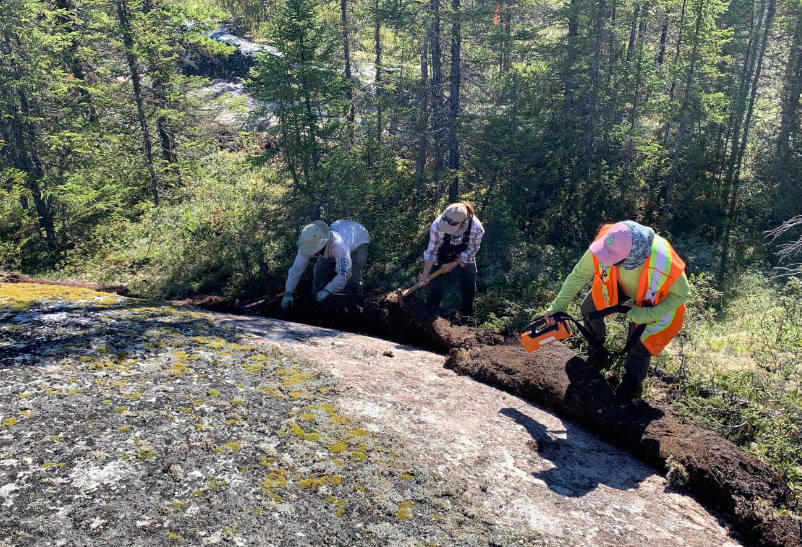
ESG reporting standards were developed by and for finance and investment professionals without any input from Indigenous peoples and are failing to capture their rights and interests in companies’ ESG assessments, according to First Nations Major Projects Coalition, a collection of First Nations that want to have greater say over major development projects and their environmental impacts.
Last year the coalition released a report that found the four leading ESG standards — the GRI, Sustainability Accounting Standards Board, Task-force for Climate-related Financial Disclosures and Climate Disclosure Standards Board — fail to adequately reflect Indigenous perspectives.
That absence means reporting standards are missing an important risk factor that could delay or even sink mining or energy projects, lead to protracted litigation and repetitional risk, and eat into investors’ returns, said Mark Podlasly, the FNMPC’s director for economic policy and initiatives, in an interview with The Northern Miner. Companies may not be properly capturing opposition to their projects, or title rights that could complicate exploration and development work, he explained.
“The fact that they don’t do this becomes a real issue for risk mitigation,” said Podlasly. “What it comes down to is, have you addressed the risks of this project?”
Podlasly noted Indigenous concerns can fall under social factors like community or local engagement, or environmental factors such as land conservation, but said specific Indigenous concerns that could impact public companies around aboriginal title, or First Nations’ legal relationship to the Crown in Canada, are still not being taken into consideration.
False sense of security
The current state of play has led to companies that engage less with Indigenous peoples because their strong ESG rating gives them a false sense of security, he said.
“Companies cannot go into communities with an ESG approval or standard and say, ‘we’ve taken care of your interests, you don’t have to worry about it.’ That was happening, and is still happening,” he said. “What we’ve called for now is for Indigenous people to be included in those standards and ESG metrics going forward.”
The FNMPC and other Indigenous nations and organizations in Canada and the U.S., including First Peoples Worldwide, First Nation Financial Management Board, Canadian Council for Aboriginal Business and others, have started investigating how to make that happen.



